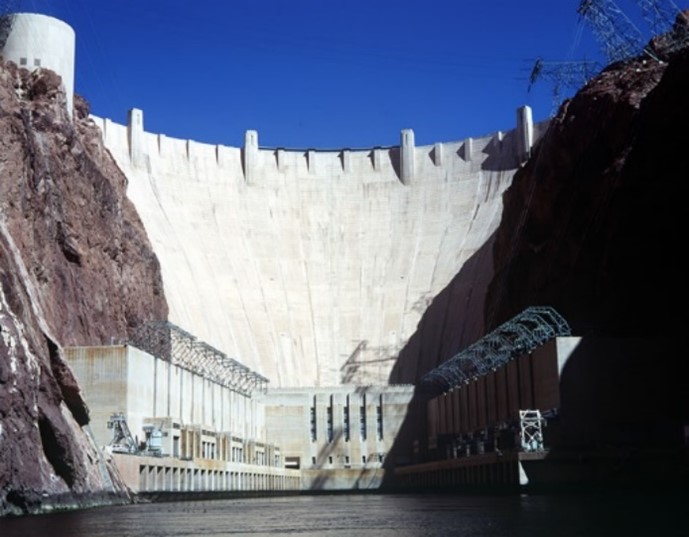1/ Clarifying President Trump’s “Testing our nuclear weapons on an equal basis."
2/ Last week President Trump announced that “because of other countries’ testing programs,” he had “instructed the Department of War (@DeptofWar) to begin testing our nuclear weapons on an equal basis.”
3/ When trying to interpret President Trump’s statements, one should begin with Peter Thiel’s insight. As Thiel puts it: “Most people take Trump literally but not seriously—but that’s ass-backwards. One should take him seriously but not literally.”
4/ Trump speaks in hyperbole—his unique combination of fact, fiction, and fantasy. So, how should we understand Trump’s recent threat to resume nuclear testing? How seriously should we take press claims that the US is on the verge of exploding nuclear weapons—something that has not been done since 1992 and would violate the Nuclear Test Ban that it championed, which has constrained Russia, China, and others from exploding nuclear weapons?
5/ My answer is: not much.
6/ Note: there are many ways countries “test nuclear weapons.”
7/ Test launches of missiles, like the one carried out at Vandenberg Space Force Base in California, ensure that our delivery systems remain reliable, ready, and accurate.
vandenberg.spaceforce.mil/News/Article-D…
vandenberg.spaceforce.mil/News/Article-D…
8/ As part of our Stockpile Stewardship Program, the Department of Energy's (@ENERGY) National Nuclear Security Administration (NNSA) carries out tests, experiments, and simulations weekly to ensure our nuclear warheads work as intended should they be needed. sd.llnl.gov/nuclear-deterr…
9/ Tests go far beyond our missiles and warheads. The US also tests its nuclear command and control systems. Just last April, the Air Force carried out a test of its airborne nuclear command and control system, ensuring that the US has a reliable second-strike capability. armyrecognition.com/news/army-news…
10/ When asked about the safety, security, and reliability of our nuclear arsenal during his confirmation hearing last week, Vice Admiral Richard Correll testified: “I am absolutely confident we’re in a good position.”
11/ Similarly, when asked about the possibility of resuming nuclear testing on Sunday, Secretary of Energy Chris Wright (@SecretaryWright) asserted, “the tests we're talking about right now are system tests. These are not nuclear explosions.”
12/ In sum: when listening to the President and even more when reading alarmist claims in the press, take Trump seriously—but not literally.
• • •
Missing some Tweet in this thread? You can try to
force a refresh





